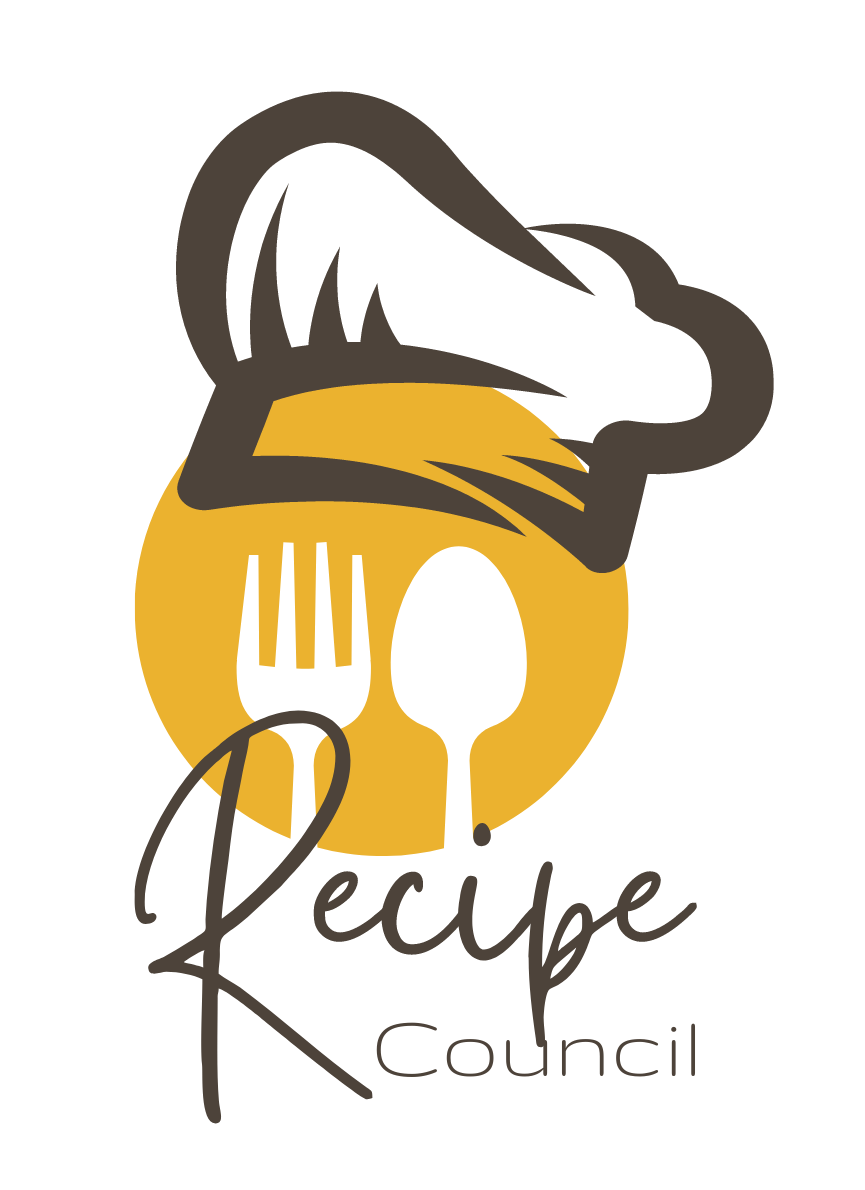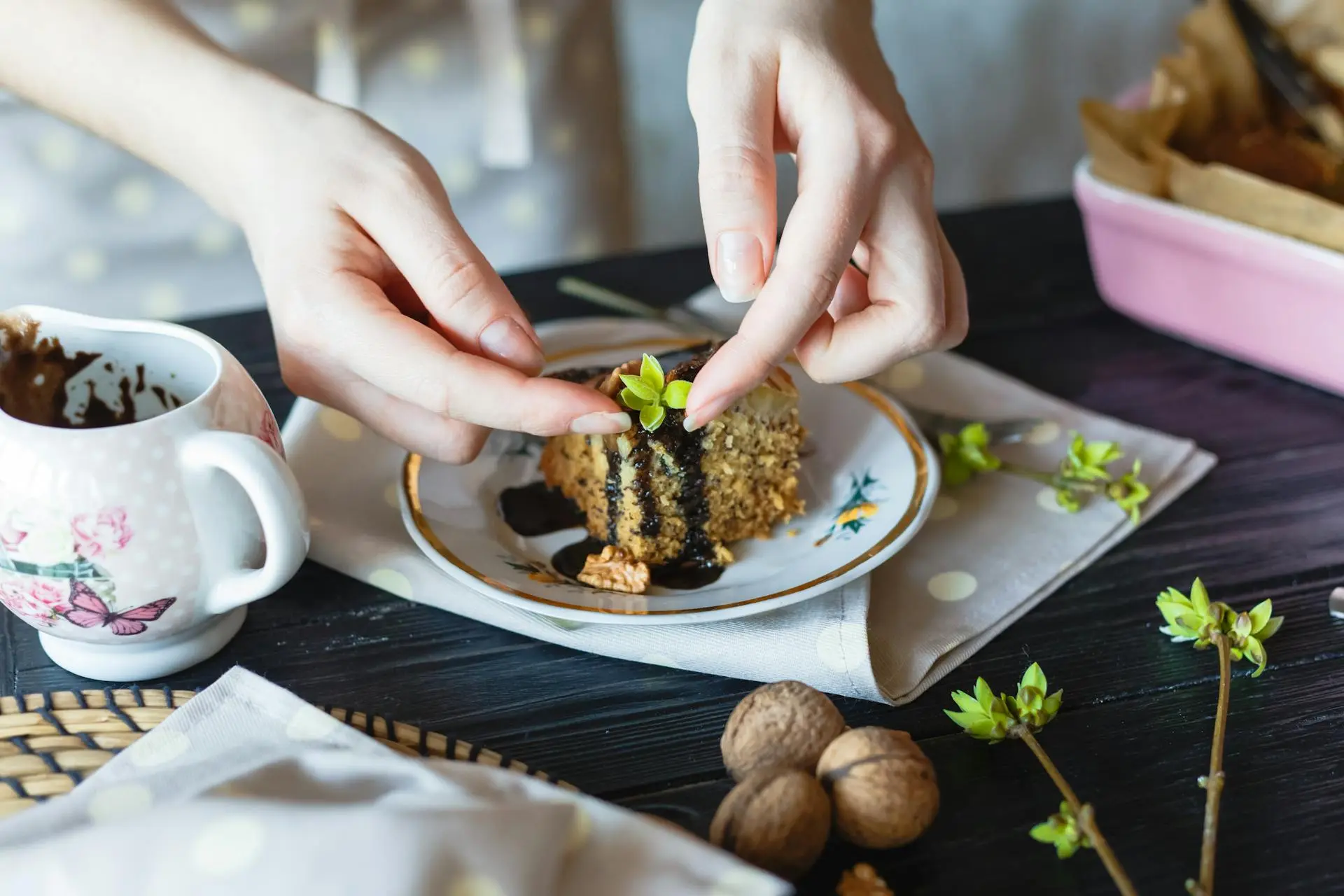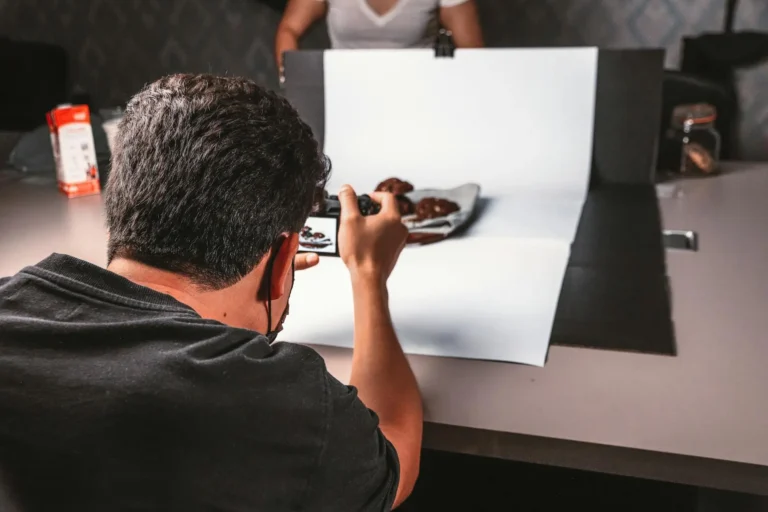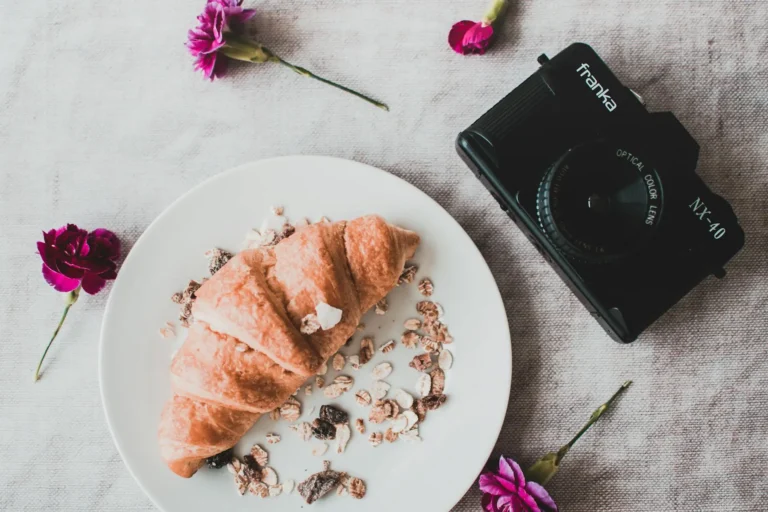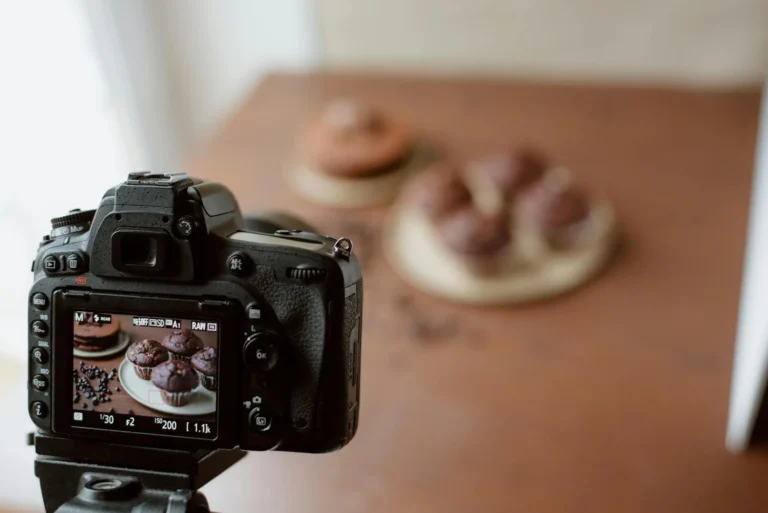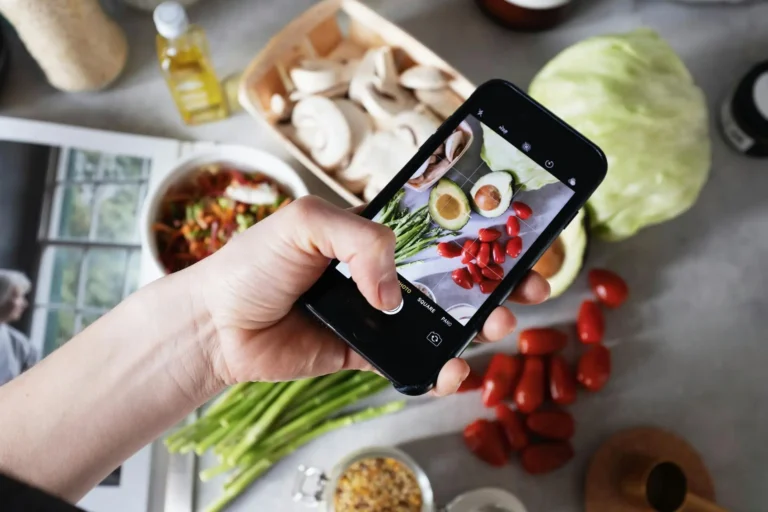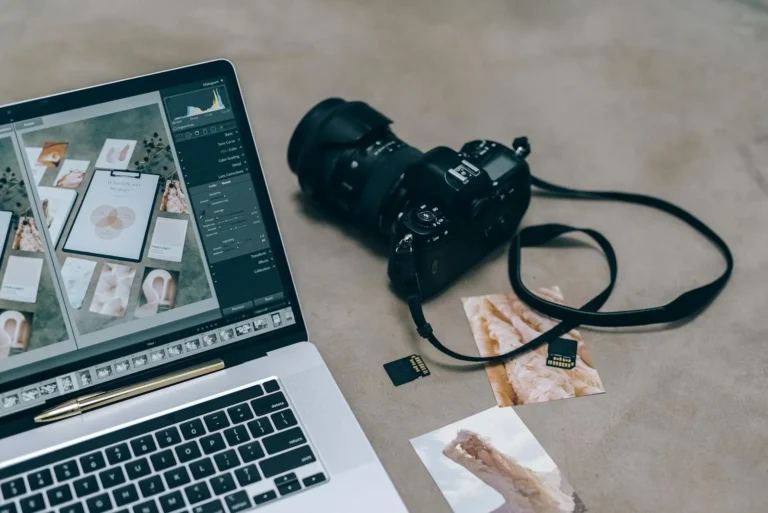Understanding Food Styling: Tricks to Make Your Dishes Look Irresistible
Food styling, which is a skill that changes a meal into a visual delight, is an art. It is about making dishes as visually appealing as they are tasty with emphasis on presentation, color, and innovation. In this detailed guidebook, we will go through some methods and skills used by food stylists to make meals look so enticing. From the basics of arranging food and garnishing, to using props and creating visual interest, we cover everything you need to know about being an expert in food styling.
01. What is Food Styling?
The technique that involves making edible stuffs appropriate for photographing or advertising or media presentations can be defined as food styling. The skill needs knowledge in cooking artistry. The aim is to have attractive dishes that would visually engage consumers for consumption purposes. Food stylists use many different techniques from simple garnishes to complexly arranged items containing various tools and lighting setups.
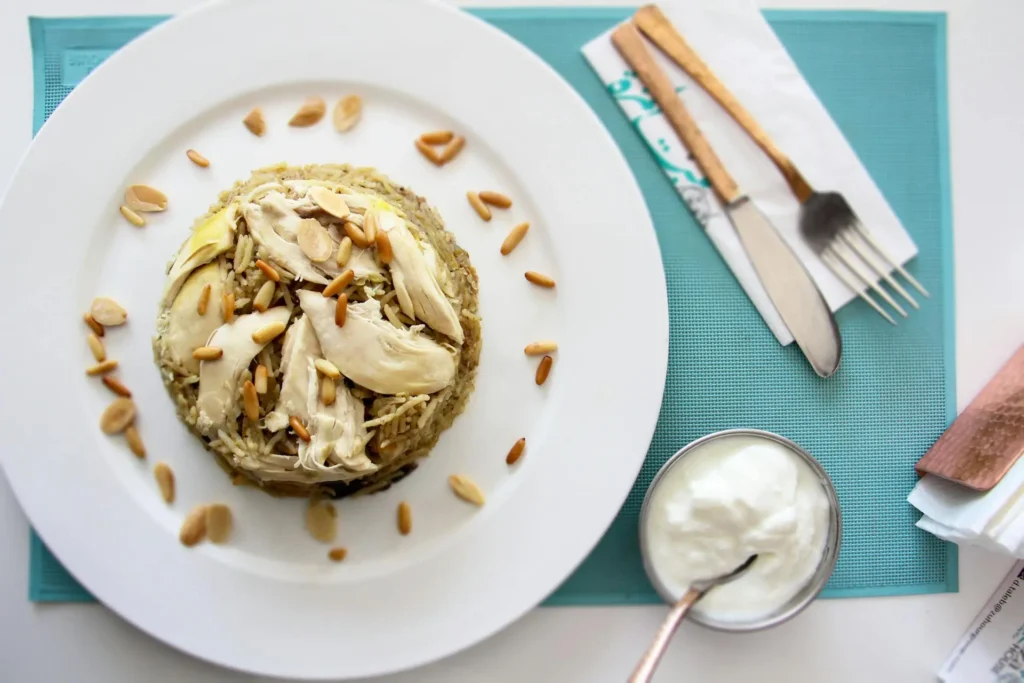
02. Importance of Food Styling
Food styling is vital in different sectors such as food photography, advertising, publishing and social media. An audience can be greatly moved by a dish that has been well styled thereby promoting engagement and purchases. In the present age where Instagram and food blogs are on the rise, food styling is an important skill for chefs, food bloggers, and marketers. This marketing campaign can have a beautifully styled dish or a viral social media post.
03. Organizing Food for Visual Impact
The structure of food styling revolves around organizing the food. Here’s how you can make a composition balanced and visually appealing:
Rule of Thirds: divide your frame into thirds both horizontally and vertically; place key elements within those lines or at their intersections to create more dynamism.
Layering & Textures: layering provides more depth to your arrangement while texture creates interest to our eyes. For instance, a smooth sauce contrasts well with crispy garnish.
Negative Space: some empty space around the food helps in focusing on the subject of main interest. It indicates simplicity and elegance using this concept.
04. The Art of Garnishing
Garnishing plays a role in adding color, texture, and flavor to a dish. It is also an avenue through which creativity can be displayed. Below are some garnishing techniques to upgrade your food styling:
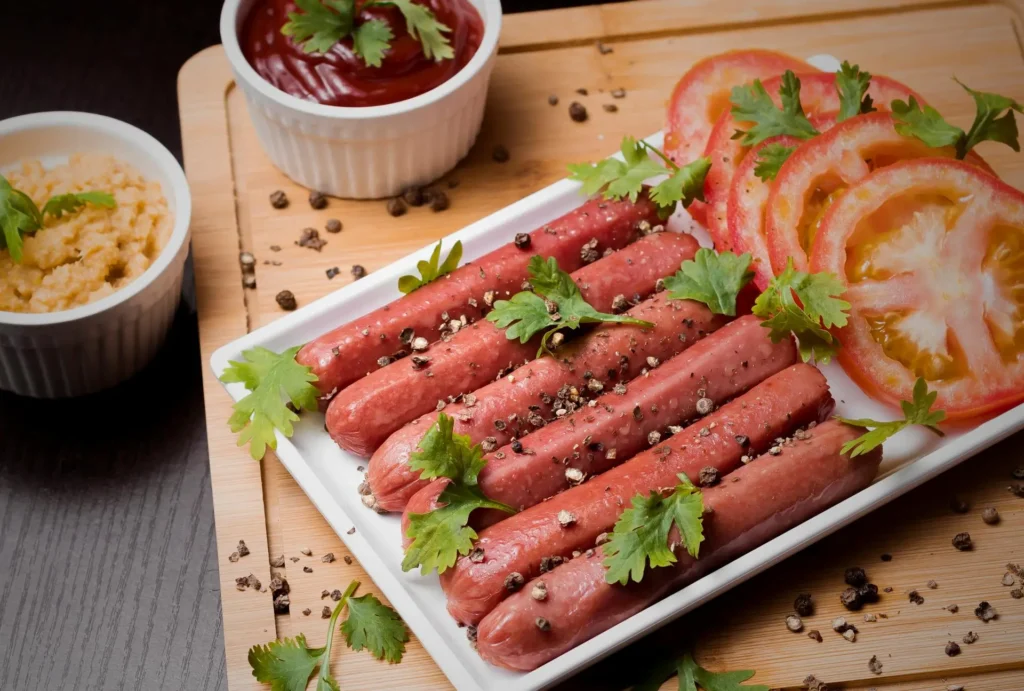
Fresh Herbs: Include fresh herbs such as basil, parsley or cilantro to bring out bright coloring and crispiness in your meal.
Edible Flowers: Try incorporating edible flowers such as pansies or nasturtiums for that touch of elegance and visual interest.
Spices and Seasonings: Beautiful motifs are created and the appeal is enhanced by using spices like paprika, cinnamon, or powdered sugar lightly sprinkled on top.
05. Using Props to Enhance the Scene
Props are essential for setting the scene and adding context to your food styling. They can turn a simple dish into a story. Consider the following prop ideas:
Utensils and Cutlery: having strategically placed forks, knives, or spoons could mean that the dish is ready for eating.
Plates & Bowls: Opt for dishes that go well with the colors as well as style of your food. Vintage plates/ rustic wooden bowl would add charm and character
Background Textures: Creating a backdrop full of variety from where you chose different textures like wooden cutting boards, linen napkins or marble countertops would give depthness to your food.
06. Creating Visual Interest with Colors
Colors have a significant impact on food decoration. They can influence the mood and make certain elements stand out. The following are ways to use colors effectively:
Complimentary Colors: Using hues across from one another on the color wheel like red and green creates a sharp contrast.
Themes in Monochrome: Employ consistent color schemes to achieve an elegant and polished look. For instance, using different shades of green in salad can create a harmonizing effect.
Pop of Color: With garnish or sauce, a bright colored touch will give your plate more inviting and interesting looking.
07. Lighting and Photography Techniques
Lighting is important in food styling particularly for photography purposes. Although natural light is usually the best option, artificial lights can be used creatively. The following advice can help you light your food:
Natural Light: Use soft, diffused natural light to create a warm, inviting atmosphere. Position your setup near a window with indirect sunlight for best results.
Reflectors and Diffusers: Reflectors help bounce light into dark areas while diffusers soften strong light. These tools help establish balanced lighting setups.
Artificial Lighting: If there is no access to natural lighting, artificial lighting must be employed cautiously. Food photography may benefit from LED lights whose intensities can be adjusted.
08. Writing a story using food styling
Food styling is not only about making the dishes look nice, it’s about telling a story. Think of context and mood you want to convey in your arrangement. Here are some ways that one can add storytelling to your food styling:
Themed Setups: Make a theme for your setup like rustic kitchen, summer picnic or holiday feast. This gives depth and context to your food styling.
Action Shots: Include things that denote action such as hand reaching for fork or drizzle of sauce pouring down. This brings dynamism into your composition.
Use of Props: Add props that relate the theme or the story. For instance, coffee cup and newspaper for breakfast scene while wine bottle and glasses for romantic dinner.
09. Conclusion
It comes in several dimensions which combine cooking skills with imaginative vision. With the mastery of tricks and techniques described in this book, you will be able to make your food appealing and eye-catching. Whether you are a chef, a food blogger or marketer knowing principles of food styling can help you lift up yourself above the crowd within an oversaturated market place.You will be amazed at yourself; with practice and experimentation, you will soon be able to come up with awesome food presentations that cannot easily be forgotten.
10. FAQs
01. What is food styling?
Food styling refers to the preparation and arrangement of food to make it visually attractive for photography, advertising or media presentation.
02. Why is food styling important?
One cannot avoid taking into consideration a need for appealing food photography in the market that can enhance commitment, purchase and receptive recognition towards a particular brand about food.
03. What are some common food styling techniques?
Some common methods include rule of thirds, textures layering , garnishing and prop usage to create visual interest
04. What props are useful for food styling?
Useful tools include cutleries, utensils, plates, bowls, textured backgrounds like wooden cuts or linen folded napkins.
05. How do I create visual interest in food styling?
Creating visual variety by using complementary as well as contrasting colors, layering textures and incorporating negative space into your composition.
